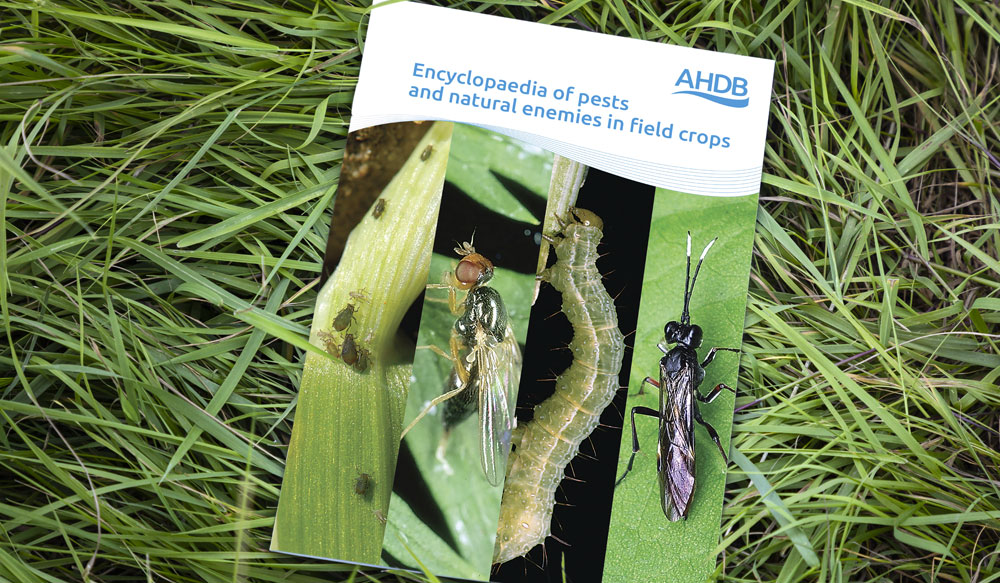- Home
- Knowledge library
- Top tips for the management of insecticide resistance risks
Top tips for the management of insecticide resistance risks
Follow these top tips to design integrated pest management (IPM) programmes that minimise insecticide use and reduce resistance risks.
Insect populations can evolve to resist the insecticides designed to control them. The use of IPM techniques can help slow or prevent the development of resistance in crop pests.
Top tips for resistance management
- Monitor for pests, especially when conditions are conducive, and the crop is vulnerable
- Encourage and monitor natural enemies, such as hoverfly larvae, parasitoid wasps and ladybirds
- Use spray treatment thresholds to minimise the number of applications and reduce insecticide resistance risks (in target and non-target species)
- If an insecticide treatment is deemed necessary, apply products at full label rate
- Use selective, rather than non-selective (broad-spectrum), insecticides (where available)
- Account for IPM and resistance management strategies in any tank mixes
- Never manage a pest in isolation*
- If more than one insecticide application is required, alternate mode of actions (MoAs)** across the spray programme (if available)
- Assess treatment efficacy at a suitable time after application***
This web page is based on guidance issued by the Insecticide Resistance Action Group (IRAG)
.JPG) Dewar Crop Protection
Dewar Crop Protection
*Management of multiple-pest targets
A spray targeted at one pest (e.g. caterpillars) may affect others that are present (e.g. peach-potato aphid). Any spray must take account of all risks. As individuals move, ideally, product choice should reflect insecticide usage in nearby crops.
Did you know?
Peach-potato aphids and potato aphids colonise a wide range of plants, including potato, sugar beet, brassicas, lettuce, ornamentals, and weeds.
**Plant protection product labels
Modern labels often contain general information on resistance management and mode of action (MoA). From 2023, all UK plant protection product labels will include MoA information.
Visit the Insecticide Resistance Action Committee website for MoA information
Labels also provide information on any restrictions to the number of times a mode of action or product can be used per crop.
Consideration of resistance risk is a key part of the pesticide approvals process, with companies and the Chemicals Regulation Division (Health and Safety Executive) working closely to ensure appropriate management strategies are in place.
If in doubt, seek advice from the insecticide manufacturer/retailer or a BASIS-qualified adviser.
***Treatment efficacy
Poor control may be due to insufficient spray coverage or other factors, rather than resistance.
For example, many insecticides (including pyrethroids) work through direct contact with the target.
Insecticide performance may be impaired when sprays make insufficient contact with the pest targets, such as in dense canopies.
If an insecticide has been applied optimally, in line with the label recommendations, and fails to control the pest target as expected, do not make repeat applications of any insecticide from the same mode of action.
Report any new resistance concerns to a BASIS-qualified adviser and contact stephen.foster@rothamsted.ac.uk to assess the potential to take insecticide resistance tests.
This web page is based on guidance issued by the Insecticide Resistance Action Group (IRAG)
Encyclopaedia of pests and natural enemies
The encyclopaedia provides at-a-glance information on the pests and natural enemies associated with cropping systems.
 AHDB
AHDB
Topics:
Sectors:
Tags:

